What to wear in Japan: Japan is truly timeless; a destination where ancient temples and traditions blend effortlessly with contemporary architecture, futuristic food and cutting-edge technology. Add to that Zen-like gardens, subtropical beaches and snowy mountains and Japan is easily one of the most stunning places in the world. We recommend at least 2 weeks in Japan, and we guarantee you’ll fall in love with the country.
“The Land of the Rising Sun” is famous for its four distinct and breathtaking seasons, which are deeply ingrained in Japanese culture. Its calendar is packed full of different types of cultural celebrations that coincide closely with the changing of seasons.
However, the rotating of the seasons brings drastic weather changes, which often take visitors by surprise and leaves them unprepared. So, regardless of when you’re visiting Japan, you’ll need to prepare for any curveball that mother nature might throw your way. And this guide, packed with tips on what to wear in Japan throughout the seasons, aims to help you do just that.
What to wear in Japan
So, how do you create a travel wardrobe that will not only accommodate changeable weather and a wide variety of activities, but also ensure you avoid any fashion faux pas?
The key is to build a basic travel wardrobe of mix-and-match combinations that you love. Think simple, versatile, and work with neutral colours that allow you to layer your look. You can check what to pack for Japan as well.
Consider the type of travel, your level of activity, the climate and also the local culture. If you’re heading to the mountains, opt for a warmer wardrobe. Or if you’re spending most of your time in cities, choose pieces that reflect Japan’s urban vibes.
While a largely conservative society, Japan is a melting pot of styles and each season those styles change. The country’s perfect fusion of tradition and modernity is reflected in how the locals dress.
As a tourist, you won’t be held to the same sartorial standards as the locals. However, if you’re keen not to offend and want to be prepared, you’ll need to understand some of the basic cultural rules.
What locals wear in Japan
Japanese style is often contradictory. The older generation tends to conform to a conservative style, while the fashion-forward youngsters of big cities like Tokyo are spirited and daring, with an eclectic and unruly dress-sense to match. You’ll likely witness some pretty ensembles out there.
The Japanese, in particular Tokyoites, have truly mastered the art of streetwear, so expect to see sneakers in every form and colour. With the amount of walking you’ll be doing, sneakers are the sensible footwear for when you’re out exploring the city.
Keep in mind that you’ll be expected to take your shoes off when entering religious buildings, like shrines, temples, traditional restaurants and accommodation, so wear a matching (non-holey) pair of socks.
It’s not just your socks that you’ll need to keep smart. The Japanese take pride in their appearance, from their hair to their clothes. The guys all know how to wear a suit, and the ladies dress conservatively and stylishly. Even in the most humid summers, Japanese women manage to tame their hair. And while I’m not suggesting you pack your best frock, frowzy flip-flops and wrinkled clothes just won’t cut it in Japan.
Local women do not tend to show much skin. While there are no dress requirements for entering religious sites, it’s respectful to dress appropriately. So, avoid low-cut or strappy tops, short shorts and mini-skirts.
And finally, tattoos are considered a taboo in Japan and have long been associated with mafia mobsters. Gyms, pools and public baths typically ban them or insist they are concealed. So, if you’re partial to body art, cover up to avoid being refused entry.
What to wear in Japan in the Spring
Generally, the best time to visit Japan is in the spring, when the dry and sunny days draw locals and visitors outdoors. As if waking from a spell, Japan springs to life as the cherry trees are adorned with buds and a sense of renewal fills the air.
May is the warmest month of spring in Japan, with temperatures reaching 23°C (73F) in the afternoon and cooling to around 10°C (50F) in the early mornings and evenings. Despite warmer days, you’ll want to pack a few layers for cooler evenings and spring showers, especially if you’re travelling in March. Dressing for Japan in the spring is made easier with these versatile pieces that can easily transition from warm to cold weather.
- Bottoms. Shorts and smart skirts are ideal spring staples, but keep them classy to avoid feeling out of place when visiting religious sites. On cooler days, opt for a light pair of jeans (or jeans) or short trousers. Remember, the Japanese have a modern, yet conservative style – so keep your jeans rip-free!
- Tops. Smart-casual attire like tank tops and light blouses will keep you cool and comfortable while sightseeing. When the temperatures drop, layer up with a lightweight cardigan, sweater or denim jacket.
- Rain Jacket. Don’t let spring showers get in between you and Japan’s treasure trove of natural wonders. A proper waterproof coat or jacket is a wardrobe essential in Japan, and it’s worth investing in a decent trench that is both waterproof and breathable.
- Shoes. The goal here is to be comfortable and stylish. Since shoes are not permitted in traditional or religious buildings, you’ll want to pack comfortable shoes that are easy to slip on and off.
What to wear in Japan in the Summer
Summer in Japan brings beautiful flowers, festivals and lush landscapes. But with it comes tsuyu (rainy season) – a confusing combination of extreme heat, high humidity and tropical typhoons. In most of Japan, the rainy season lasts from the beginning of June to mid-July. While the rains aren’t seen every day – like in some monsoonal countries – when they come, they are heavy.
If you’re visiting during the rainy season, you’ll want to pack strategically. Dressing for a warm rainy day isn’t quite as simple as bundling up during chilly rainstorms, so quick-drying fabrics are key to staying comfortable. Here are a few items that will set you up for a summer storm in Japan.
- Bottoms – Denim jeans are not ideal as they’re heavy and hold moisture. When it’s wet and warm, your best bet is a pair of tailored shorts, skinny trousers or leggings. Choose lightweight fabrics and dark colours that will dry quickly and won’t show signs of rain.
- Tops – A short-sleeved tee, tank top or lightweight sweater makes a great base for your raincoat. You might have heard that it’s inappropriate to show shoulders in Japan, but this belief is more commonly observed in rural areas. Don’t try to suffer through the heat and humidity of summer to avoid attracting stares from the locals. If you opt for a tank top, pack an overshirt or tee that you can chuck on when entering religious sites or traditional restaurants.
- Dresses – One-piece shirt dresses and maxi skirts with breathable fabric, like cotton, can be paired with sneakers during the day and elevated with a killer pair of heels in the evening.
- Shoes – When it’s hot and sticky out, the last thing you want to wear is a pair of heavy winter rain boots. But flimsy footwear becomes slippery when wet, so what is a gal to do? Instead, opt for a pair of short rain boots, boat shoes or waterproof tennis shoes. If you intend to go for a night out, pack a pair of fancy shoes like ballet flats or heels.
- Raincoat – A lightweight, yet sturdy jacket that extends mid-thigh or to your knees like a classic trench will keep you protected from the rain. But if you can’t bear the thought of wearing anything with sleeves, that’s okay. Ward off water with a trusty umbrella (You can also buy these everywhere in Japan for 200-300 yen).
- Waterproof bag – Save that cute suede handbag for your next summer vacay and opt for a waterproof bag (just about anything faux leather should be fine) to keep your belongings dry.
What to wear in Japan in the Autumn
Japan’s cherry blossoms are famous the world over, but the fall foliage is equally impressive. As temperatures dip after the scorching summer, the crowds diminish and Japan’s gorgeous gardens begin to burst with vibrant autumn colours.
The peak months for typhoons are August and September, so if you’re visiting in early fall, you should expect tropical storms in most regions of Japan.
October and November are typically the best months to visit as rainfall is at a minimum, skies are clear, and it’s warm but not too hot. For this reason, Tokyo’s event card is packed full during the autumn months. Here’s some inspiration for how to master the autumn weather in style.
- Tops – During early fall, there will be plenty of warm afternoons that call for short-sleeved tees or blouses. But also pack a polo-neck and some long-sleeved tops to layer up in on cooler days.
- Light Jacket – Unless you’re travelling to Japan in late November, leave your chunky winter coats at home and embrace the short period where lightweight leather or denim jackets work solo.
- Bottoms – Jeans have become a ubiquitous fashion staple in Japan. In fact, Japan has a reputation among denim enthusiasts as being the best in the world. Smart, lightweight jeans or chinos are both cool and comfortable, and will pair well with your autumn wardrobe. Or, for a dressier ensemble, style a pair of high-waisted tailored trousers with a fitted blouse and your go-to sandals for an effortlessly sleek look.
- Accessories – You should still expect some rainy days in autumn, even if you’re travelling outside the typhoon season. Swap your leather handbag for an all-weather cross-body bag, and invest in a sturdy umbrella.
- Shoes. Sneakers are a modern fashion staple in Japan and are versatile enough to mix with casual, sporty or even formal clothing. But go with something minimalist (Converse or Superga are good choices) and make sure your kicks are well-worn in and comfortable before you hit the streets.
What to wear in Japan in the Winter
While it rarely snows in Japan’s cities, the surrounding mountains and northern regions are regularly covered by blankets of snow during the winter. But don’t let the cold put you off. In fact, if you’re brave enough to take on the chilly temperatures, the winter months of December, January and February, are one of the best times to visit Japan.
Bundle up in plenty of warm clothes, then head outside to enjoy the snow festivals, winter sports, relaxing onsen resorts and the impressive light displays that decorate Japan’s cities. It’s true, winter in Japan is dreamy. But it is often harsh and can be unforgiving, so it pays to be prepared.
- Bottoms – Versatile, warm and always on-trend, skinny jeans can do no wrong. Stretchy, slim black leggings are another key wardrobe piece that’s versatile enough to dress up for nights out, and add smart layers for casual sightseeing outings.
- Tops – Most restaurants, bars, and hotels have heating in place during winter, so it’s wise to pack layers that can be peeled off easily. Nix the heavy knits and opt for lightweight sweatshirts or cardigans that can be layered on top of tees and long-sleeve shirts.
- Warm Coat – Even in winter, you’ll find yourself spending a lot of time outdoors. And while the harshness of winter varies by region, a warm winter coat is a necessity regardless of where you’re travelling. Top Tip: Japan sells fantastic, high-quality, warm winter coats. If you can, I highly recommend getting one in Uniqlo.
- Accessories – If you’re travelling to Japan in winter, a cosy scarf, a beanie and a decent pair of gloves should be on your packing list.
- Shoes – Opt for shoes that are not only stylish, but practical and warm enough to get you through even the coldest days. Again, keep in mind that many establishments in Japan expect you to remove your footwear, so (warm) slip-on sneakers or ankle booties are a solid option.
Essentials for Japan
The most important thing to pack for a Japan holiday is a comfy pair of shoes and a brolly. But aside from your wardrobe staples, there are a few other essentials you might want to consider packing:
- Sunglasses – It’s true. Japanese people rarely wear sunglasses, even in the summer. That said, your sunglasses should remain a go-to summer accessory to protect your eyes from the harsh glare of the sun.
- Pocket Wi-Fi – Wi-Fi is relatively common in Japan, but not as common as in some other countries. A pocket Wi-Fi device will keep you connected on your travels, giving you peace of mind and ensuring you always find your way to the best restaurants and attractions.
- Camera – Japan is so photogenic, you might want to pack more power than just your smartphone. Lightweight and pocket-friendly, a Compact Digital Camera often delivers the same image quality as a bulky DSLR, at a fraction of the size.
- A Day Travel Bag – Some may prefer a tote or an oversized handbag, but if you’re hitting the sights day after day, then a backpack might be a more practical option.
Frequently Asked Questions
What should foreigners wear in Japan?
When planning your wardrobe for a trip to Japan, it’s essential to consider the country’s cultural norms, the season of your visit, and the activities you’ll be undertaking. Here’s a guide to help you pack appropriately:
Seasonal Dressing
Japan experiences four distinct seasons, each requiring different wardrobe considerations:
🌸 Spring: Pack layers for the fluctuating temperatures. Shorts, skirts, and light jeans are suitable for warmer days, while a lightweight cardigan or jacket can be added for cooler evenings.
☀️ Summer: This season is hot, humid, and rainy. Opt for quick-drying fabrics and lightweight clothing. Short rain boots or waterproof shoes are recommended, along with a lightweight raincoat or umbrella.
🍂 Autumn: As temperatures dip, jeans, or chinos paired with short-sleeved tees or blouses are ideal. Pack a light jacket for cooler days and an umbrella for occasional rain.
❄️ Winter: Bundle up in warm clothes, including skinny jeans or leggings, lightweight sweatshirts or cardigans, and a warm winter coat. Don’t forget a scarf, beanie, and gloves.
Essentials
Regardless of the season, comfortable shoes are a must due to the amount of walking you’ll likely do. Also, remember that you’ll need to remove your shoes when entering certain buildings, so slip-on styles are a good choice. Other essentials include a sturdy umbrella, sunglasses, a pocket Wi-Fi device for connectivity, a camera for capturing memories, and a day travel bag for carrying your essentials.
Understanding Local Fashion
Japanese style can be contradictory. The older generation tends to be conservative, while the younger generation, especially in big cities like Tokyo, is more daring and eclectic. Regardless of age, the Japanese take pride in their appearance, so avoid wearing wrinkled or shabby clothes. Women generally do not show much skin, and it’s respectful to follow suit, especially when visiting religious sites. Tattoos are considered taboo and may need to be covered in certain public places.
Remember, while Japan is a fashion-forward nation, as a tourist, you won’t be held to the same sartorial standards as the locals. The key is to be respectful of the culture, dress appropriately for the weather, and most importantly, be comfortable.
What should you wear when you go to Japan?
When packing for Japan, it’s important to consider the season, the activities you’ll be doing, and the general cultural norms around clothing.
Seasonal Clothing
Japan experiences a full range of seasons, and your wardrobe should reflect this. In autumn, pack a wool coat and embrace autumnal colours like brown, beige, black, and greys. Winter calls for heavy jackets, waterproof boots, and thermals. Spring, famous for its cherry blossom season, is perfect for simple pastel colours, t-shirts, blouses, and shirts. Summer brings an array of colours, and you can wear t-shirts, flats, and sneakers.
General Clothing Recommendations
Regardless of the season, there are some general clothing recommendations to follow. Comfortable shoes are a must, as you’ll likely be doing a lot of walking and may need to remove your shoes when entering certain establishments. Dark jeans or slim trousers are versatile and fit in well with the local style. Shirts and neutral t-shirts are excellent for both women and men. For colder months, a long wool coat is recommended.
Cultural Norms
Japan leans towards conservative, neutral, and smart-casual attire. Avoid overly casual clothes and aim to blend in rather than stand out. Women generally dress smartly, in neutral, conservative colours, while men often wear suits or smart-casual attire.
How strict are Japanese dress codes?
In general, everyday fashion in Japan leans towards the conservative side. Both men and women tend to dress in neutral, smart-casual attire. Overly casual or baggy clothes are not commonly seen. That being said, Japan is also a country that appreciates personal style and creativity, so there’s room for individual expression within these norms.
In professional settings, the dress code can be quite strict. Many businesses expect their employees, especially men, to wear suits. Women in professional settings also tend to dress conservatively, often in stylish clothing in neutral colours.
When visiting temples, shrines, or participating in traditional events, there are often specific dress codes to follow. For instance, you may be required to remove your shoes, or avoid wearing overly revealing clothing.
However, in more casual settings like shopping districts, cafés, or certain city areas like Harajuku, you’ll see a wider range of styles and less strict dress codes. Here, fashion can range from the chic and minimalistic to the colourful and avant-garde.
What colors to wear in Japan?
Japan’s fashion scene is known for its simplicity, elegance, and subtlety. When it comes to colour choices, the Japanese tend to favour neutral and conservative colours. This includes shades of black, grey, white, and beige. These colours are prevalent in the wardrobes of both men and women, regardless of age.
However, the choice of colour can also depend on the season. For instance, during autumn, you might want to consider autumnal colours like brown and grey. In winter, darker colours are preferred, while springtime sees the introduction of simple pastel colours. Summer brings an array of colours, but even then, the Japanese tend to mix a spot of colour with a dark pair of trousers or skirt.
It’s also worth noting that while Japanese fashion is generally conservative, it doesn’t mean there’s no room for colour. The key is to incorporate colour in a subtle and tasteful way. For example, a bright-coloured top can be paired with a dark pair of jeans or trousers.
Is it OK to wear graphic tees in Japan?
Absolutely! Japan is a country that appreciates fashion in all its forms. However, it’s important to note that the Japanese style leans towards the simple, minimal, and modern. The emphasis is on dressing smart-casual and blending in.
Japanese fashion is quite conservative and neutral, with a focus on classy and chic outfits. That being said, it doesn’t mean there’s no room for creativity. The beauty of Japanese fashion is its ability to subtly incorporate creative outfits.
So, if you’re planning to wear graphic tees, consider ones with simple and modern designs. Avoid overly flashy or controversial graphics. Pair your graphic tee with a pair of dark jeans or slim trousers for a look that’s both stylish and respectful of the local culture.
Remember, the key to dressing appropriately in Japan is to respect the local customs and norms. So, while graphic tees can be part of your wardrobe, they should be chosen and worn with consideration for the local culture.
So, yes, you can wear graphic tees in Japan. Just make sure they are tasteful, respectful, and paired with appropriate clothing to maintain a smart-casual look.
Is it OK to wear crop tops in Japan?
The acceptability of wearing crop tops in Japan can vary depending on various factors such as the specific location, occasion, cultural context, and personal preferences. In general, Japan tends to have a more conservative dress code compared to some Western countries.
I would say, if you are unsure, it’s probably a no.
In larger cities like Tokyo and Osaka, you may find a greater degree of fashion diversity and acceptance of Western-style clothing, including crop tops, particularly among younger generations and in certain trendy or fashion-forward neighbourhoods. However, it’s important to note that even in these areas, there may still be some cultural expectations regarding modesty and appropriate attire for specific situations.
In more traditional or rural areas, people tend to adhere to more conservative dress norms, and wearing a crop top might be less common or more likely to attract attention.
Are tattoos okay in Japan?
Yes, tattoos are OK in Japan. Have a look at this comprehensive article on everything you need to know about tattoos in Japan.
What Not to Wear in Japan
Avoid packing overly casual or baggy clothes, sport wear, home wear, as these may not align with Japan’s generally conservative style.

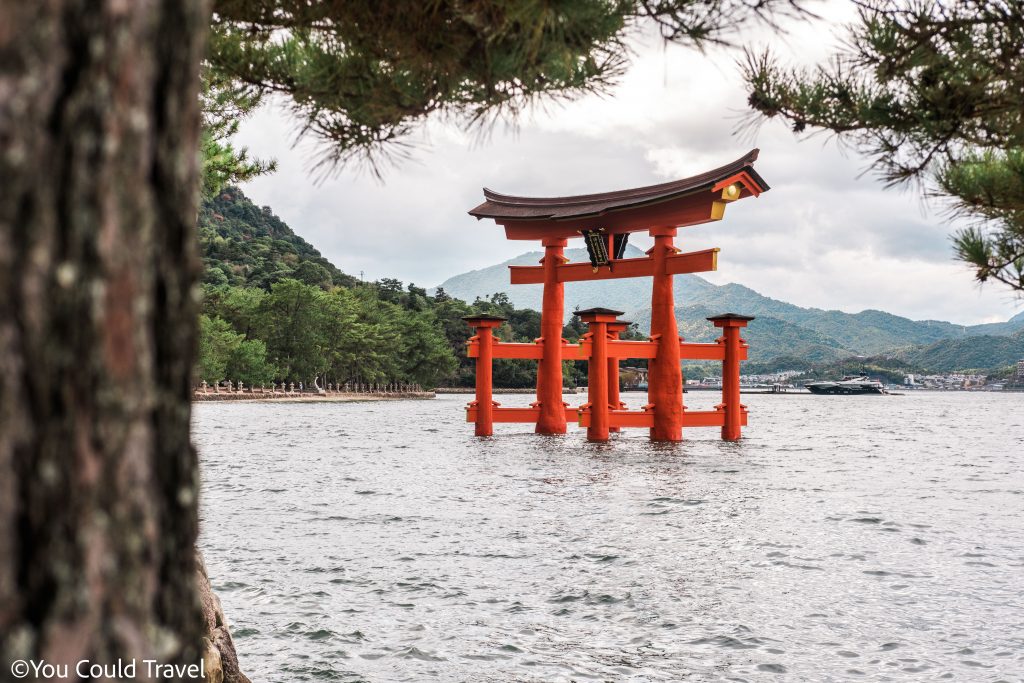
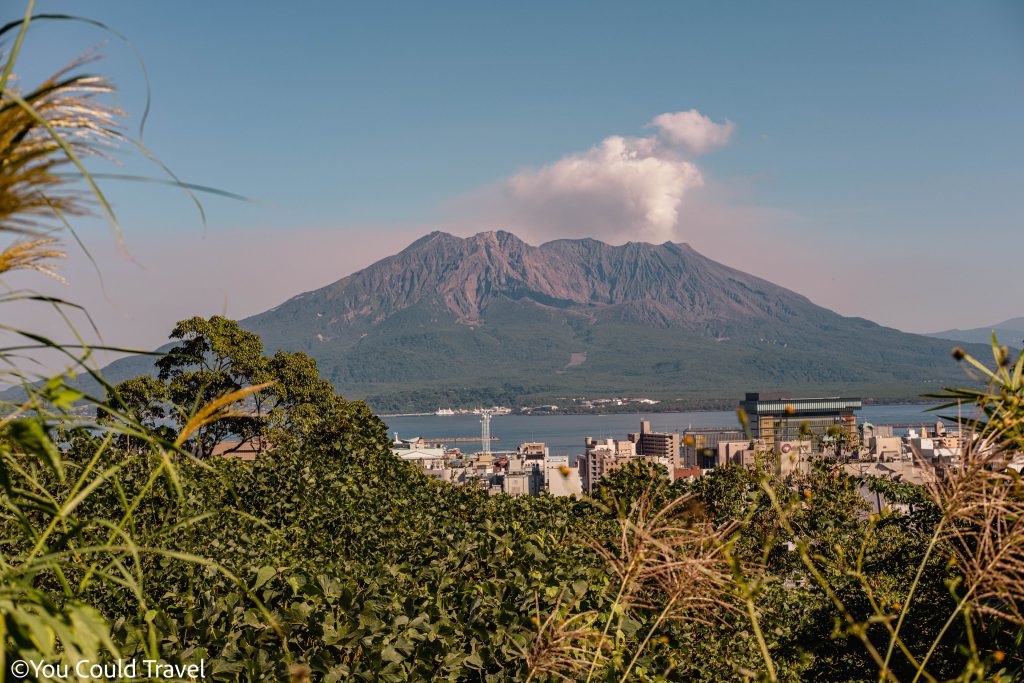
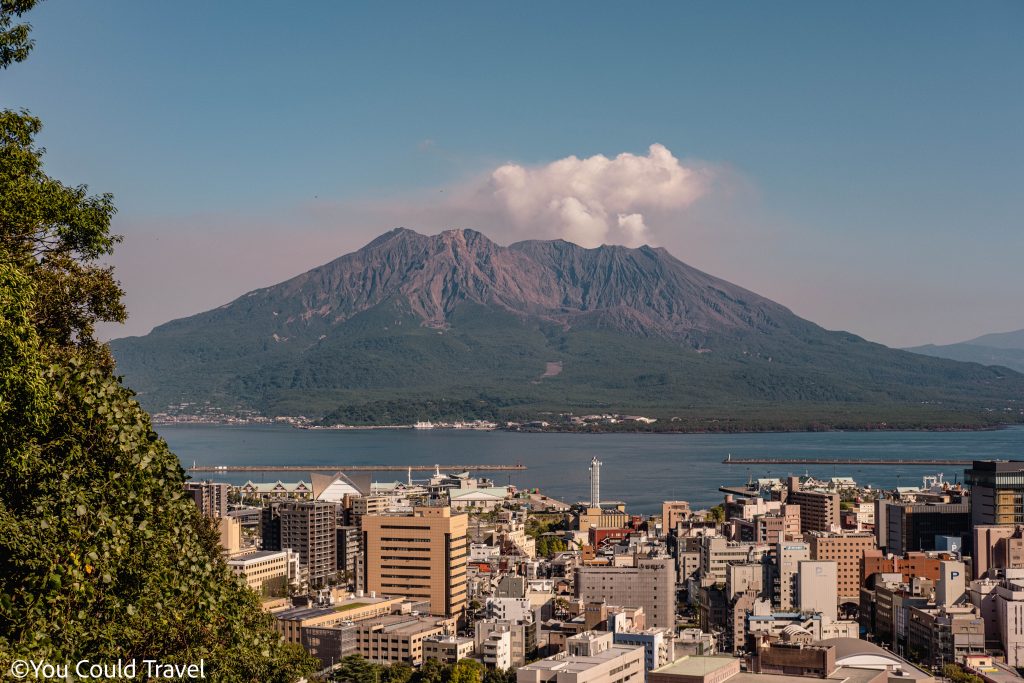
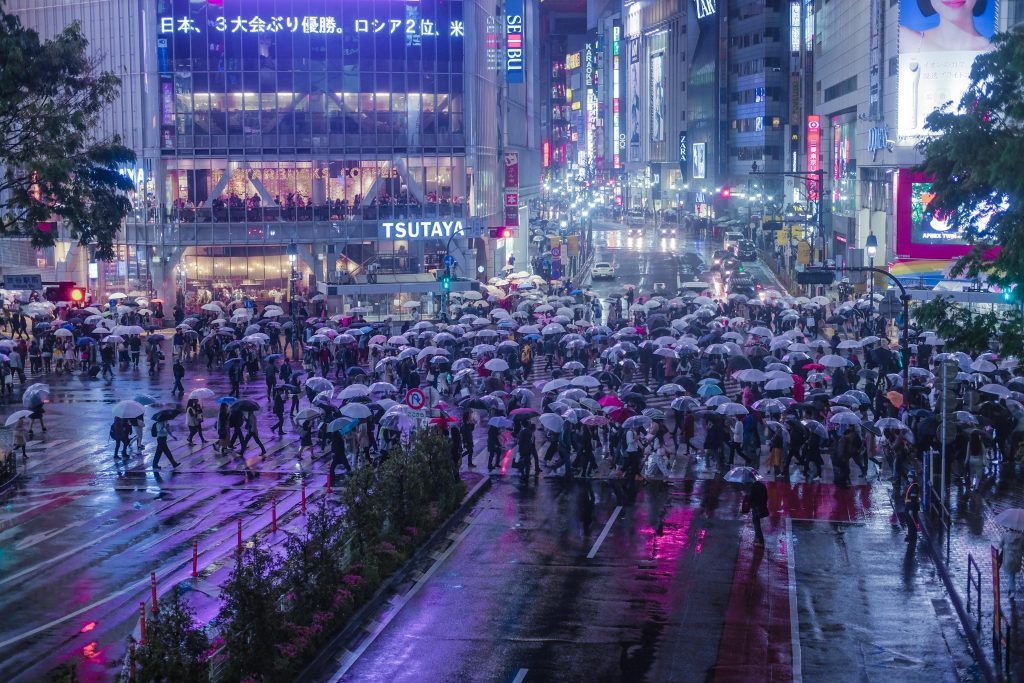
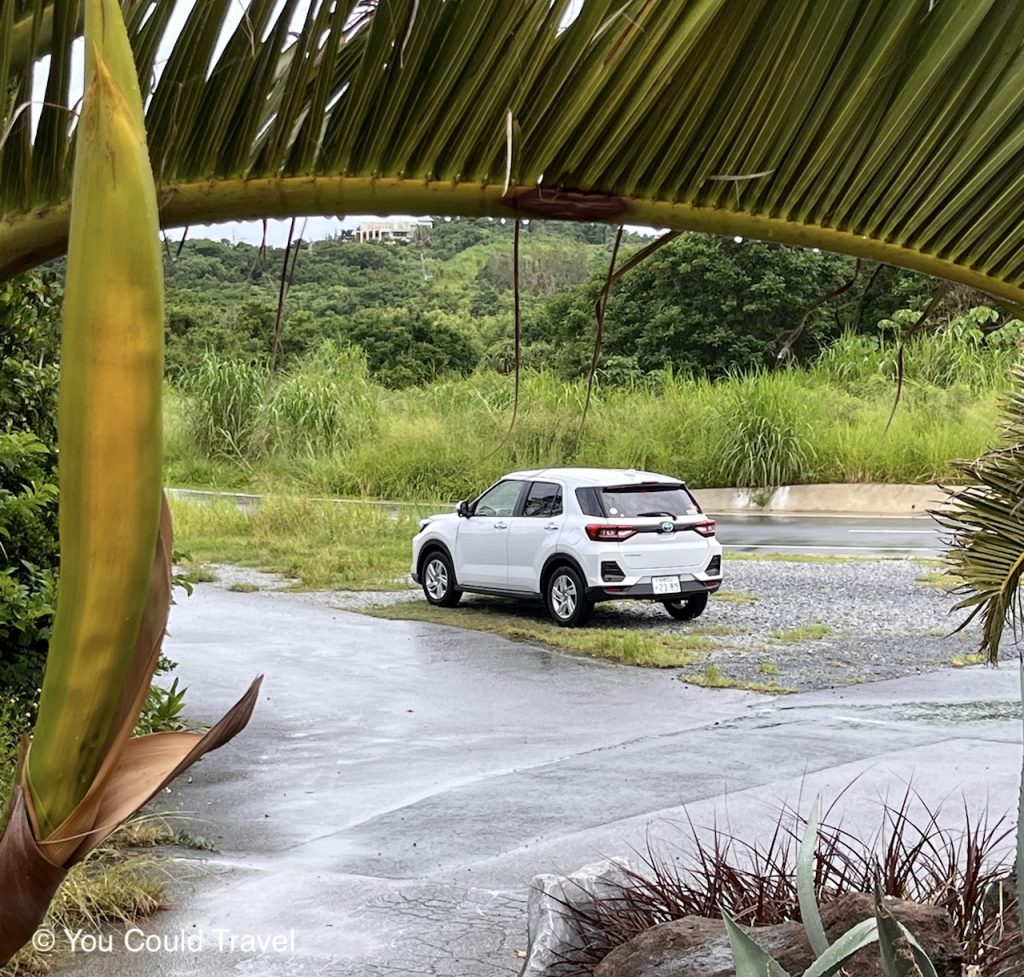



Leave a Reply